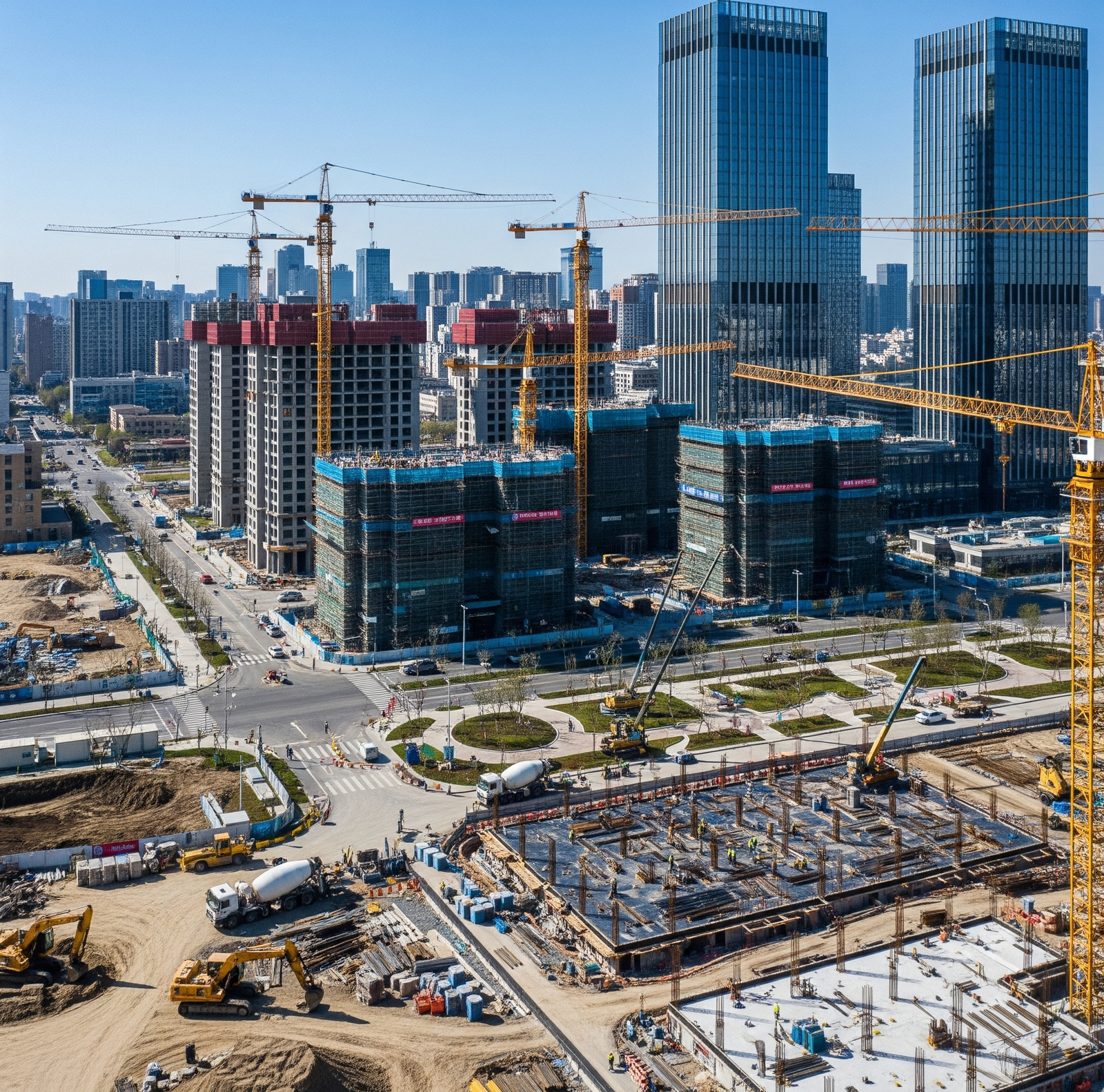
Major Gurugram Land Acquisition by Signature Global: A Deep Dive into the ₹450 Cr Deal
In a move that has captured the attention of the real estate industry, Signature Global, a major player in India’s […]

In a move that has captured the attention of the real estate industry, Signature Global, a major player in India’s […]

In a major development that has once again put the spotlight on real estate malpractice, the Enforcement Directorate (ED) has […]

Israel Aerospace Industries Gurugram office – In a significant move poised to strengthen the strategic partnership between India and Israel, […]

The digital transformation sweeping across India has finally reached one of the nation’s most complex and critical sectors: land management. […]
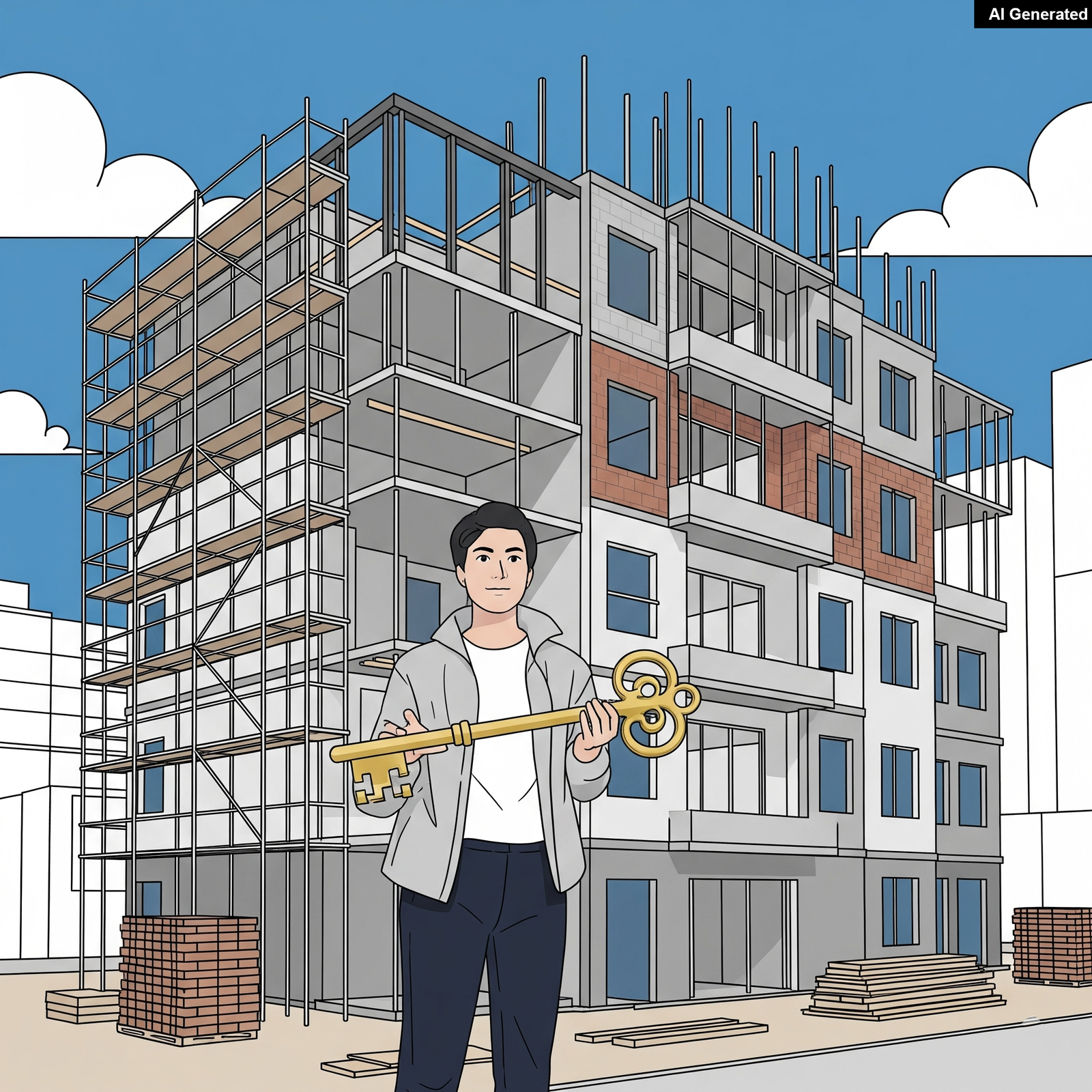
Haryana RERA Order – In a significant development for the real estate sector and a major win for frustrated homebuyers, […]
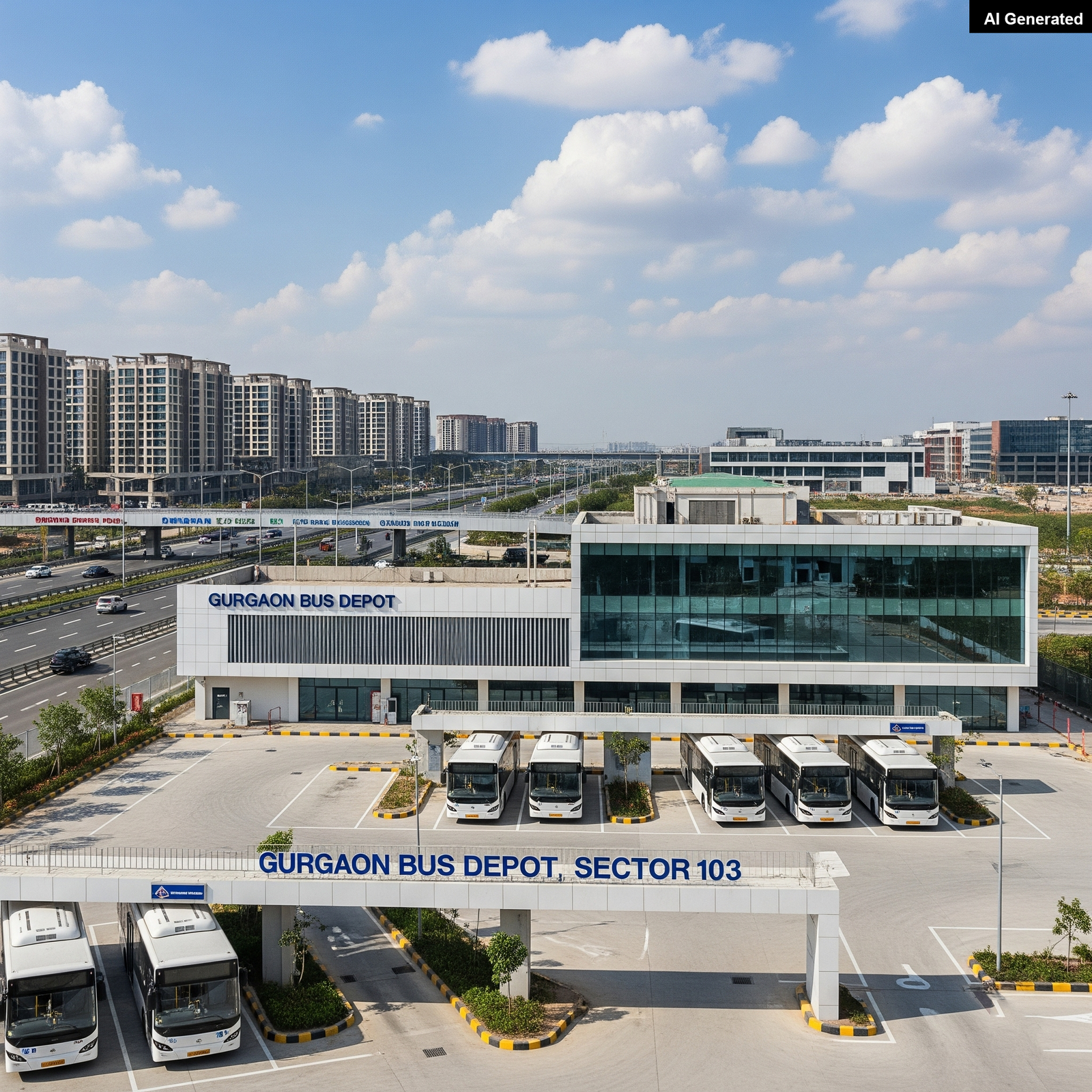
Dwarka Expressway Connectivity – The urban landscape of Gurgaon is constantly evolving, with new infrastructure projects aimed at improving connectivity […]
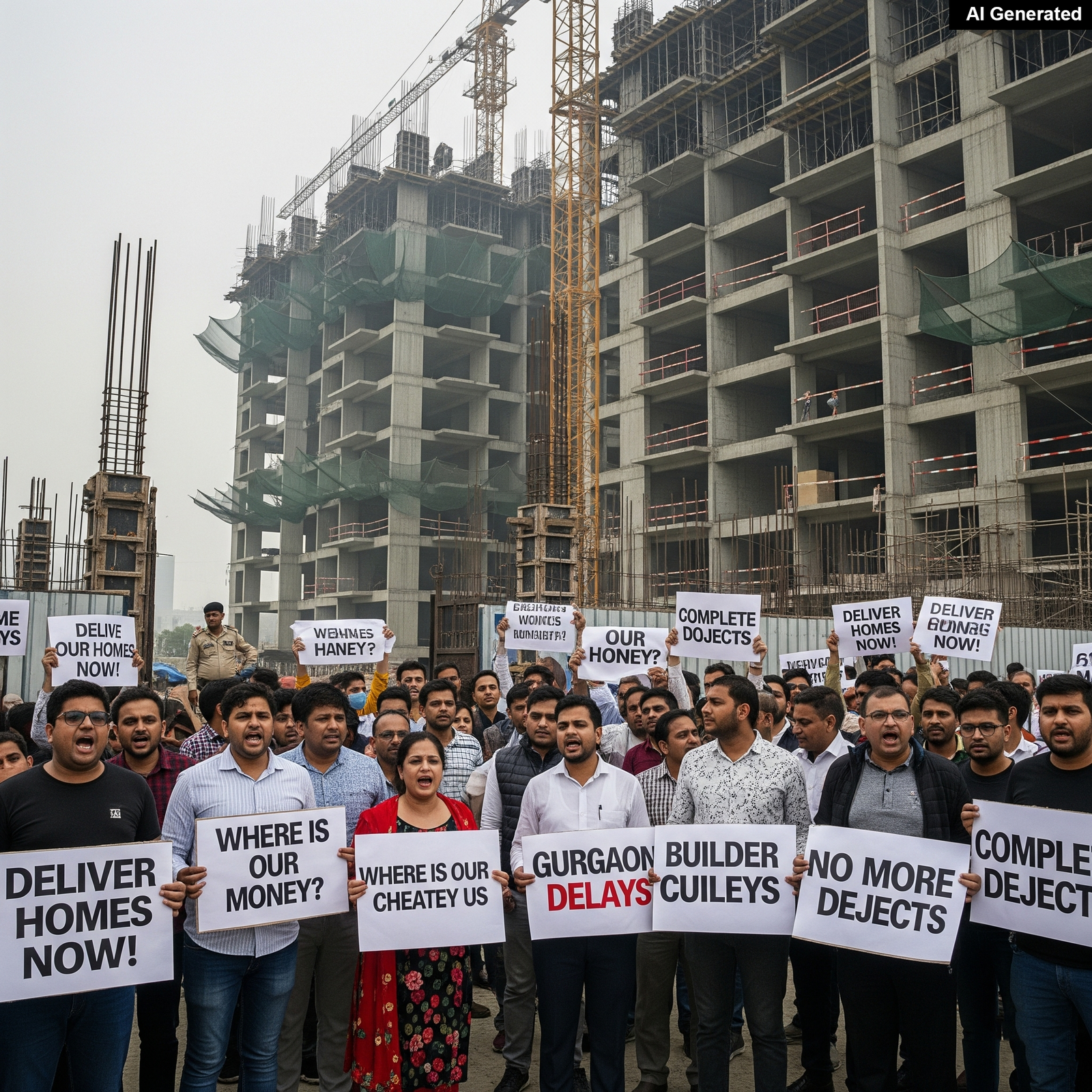
A grim tale of unfulfilled promises and financial distress is unfolding in Gurgaon, where over 3,000 homebuyers are caught in […]

Gurugram Real Estate – For the past decade, I’ve had a front-row seat to the evolution of the Gurugram real […]
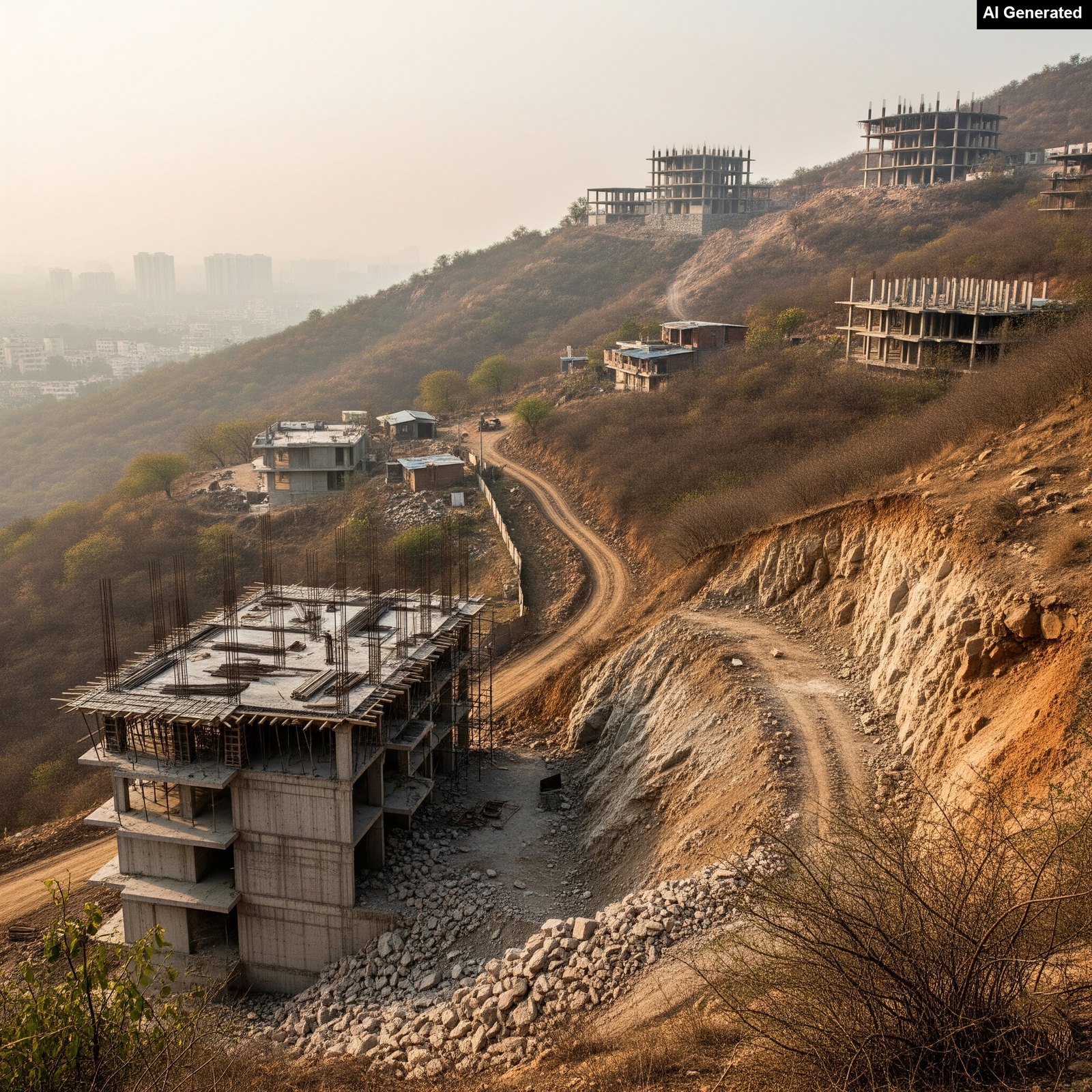
Aravalli mountain range, an ecological lifeline for North India, is once again at the center of a legal storm. The […]
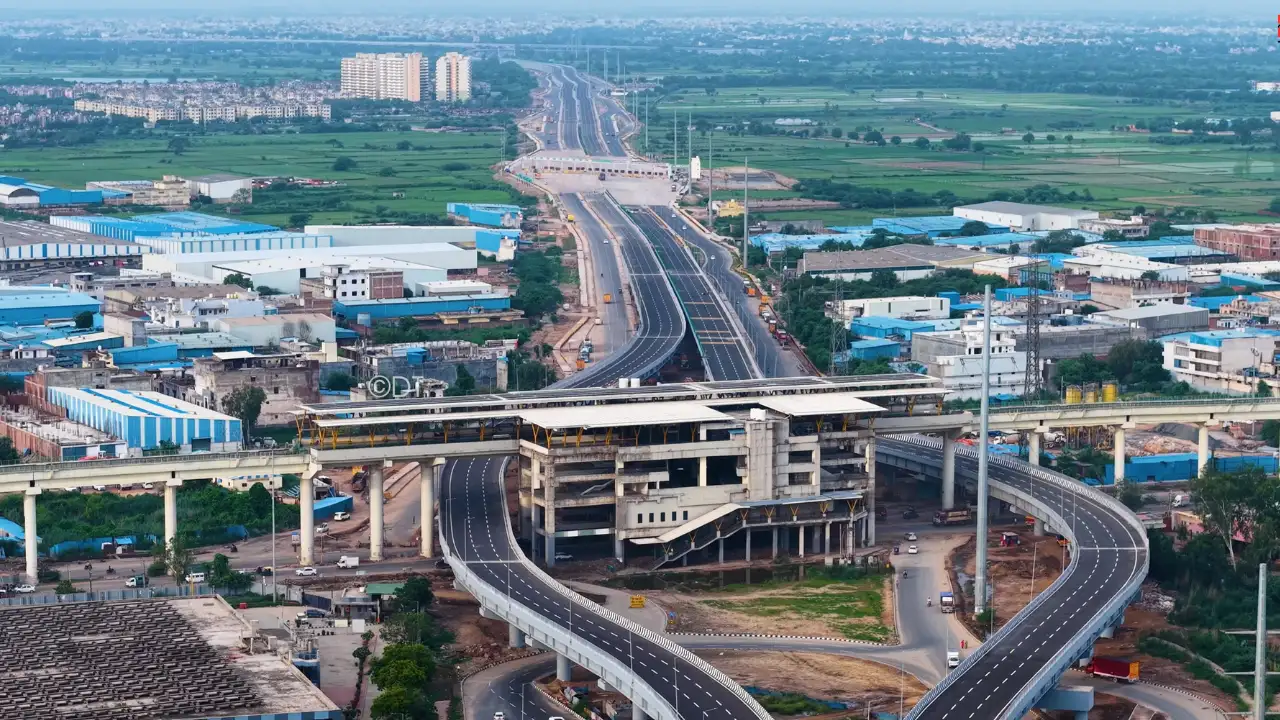
The landscape of real estate in the National Capital Region (NCR) is undergoing a significant transformation, with one corridor, in […]